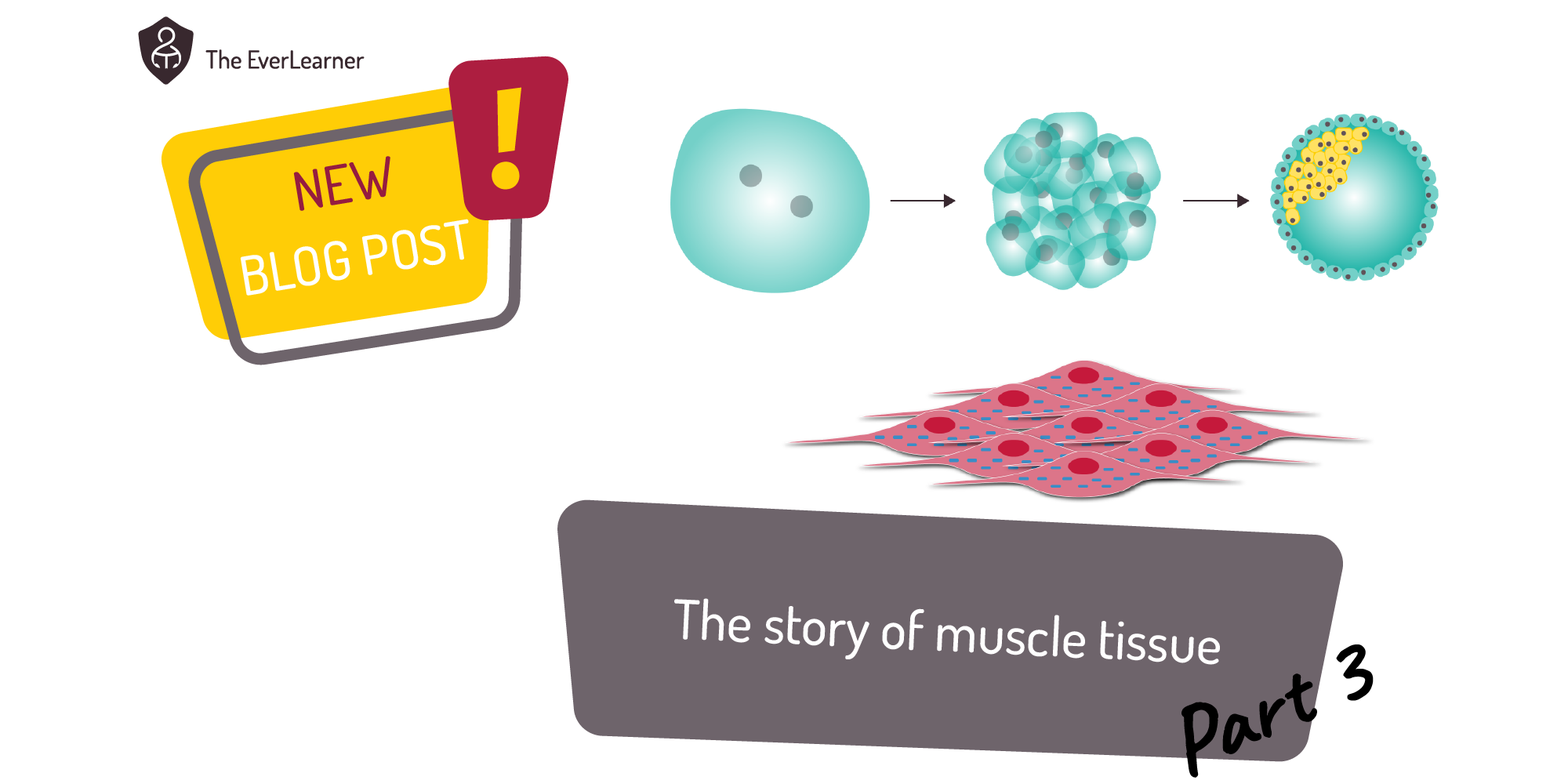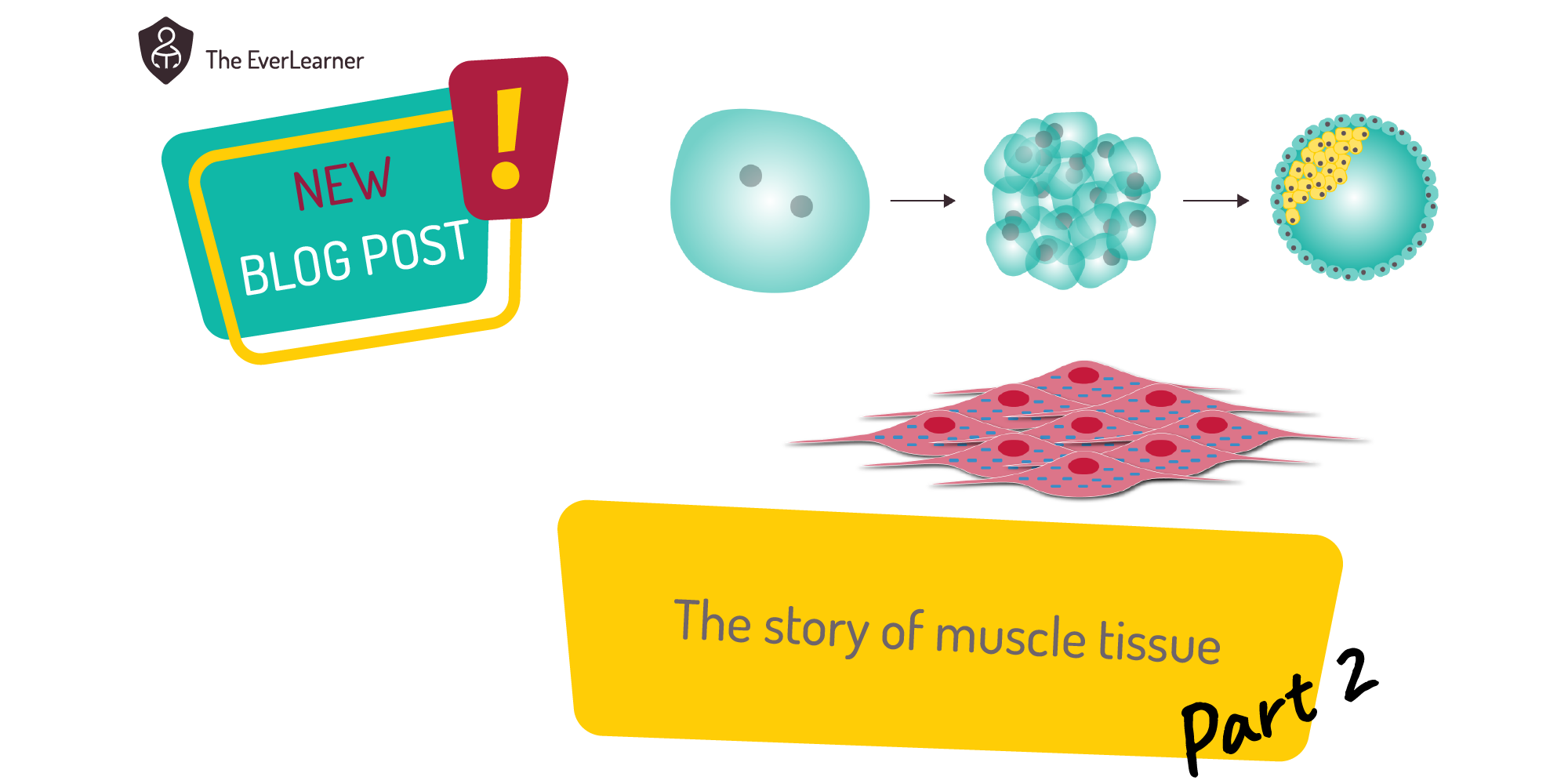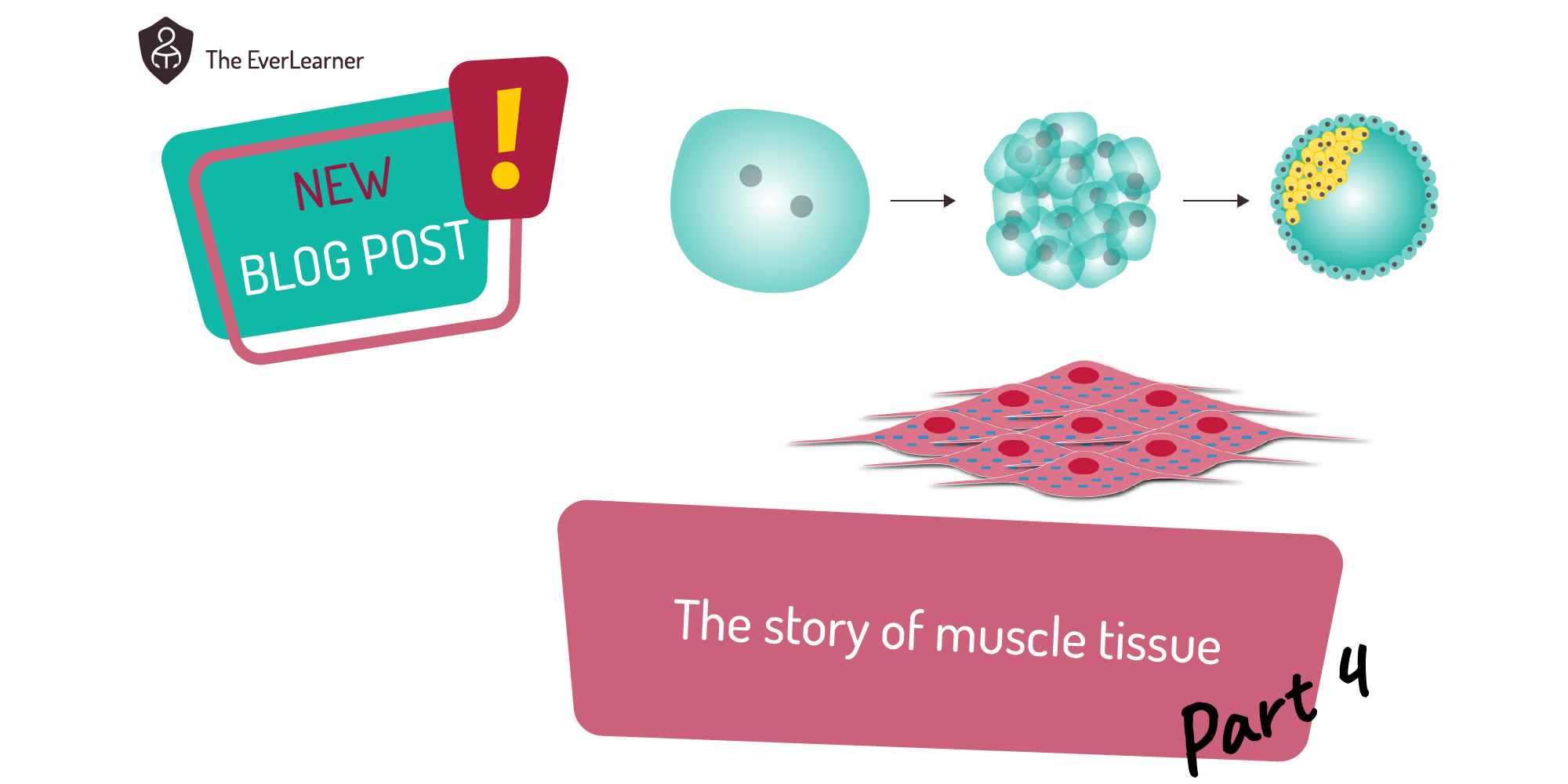The story of muscle tissue - a guide for PE and Sport teachers - Part 1
Dear PE and Sport teachers,
I really enjoy writing posts that cover subject content. In the past, my writings on movement analysis, levers, planes, axes and nutrition have proved really popular. So, today, I’m going to attempt something a little different: I’m going to try to teach you the story of muscle tissue and do so over a series of posts, each with a cliffhanger at the end.
Before I get started, I am not writing this post because I want to do it just like AQA or OCR or whoever. Rather, I want to excite PE and Sport teachers to think about muscle tissue in a way that might be exciting to them and their learners. At the end of the day, muscle tissue is involved in every PE and Sport lesson in one way or another, so a clear and accurate knowledge of muscle tissue must be valuable to PE and Sport teachers. Furthermore, many of us teach about muscles in our theory lessons and I want to try and really drive home some clear concepts so that we can all teach with greater confidence.
As I commence writing, I am going to aim for at least four posts or updates, each of which I will release during your summer holidays allowing you to read something fun and light whilst on a beach or by the tent:
So, here goes the story of muscle tissue.
Part 1: The origin of muscle tissue
PE and Sport teachers, allow me to try and convince you of something:
In my younger years (I’m 47 now), I used to revere muscle. I worked out in the gym, I tried to look good, I played my football career, I was confident in my vest top whilst on summer holidays! I had a bit of muscle and I was happy to “show it off”. Why wouldn’t I? But there’s an irony here. Muscle tissue –the stuff that I was proud of– is very, very simple. You see, it can only do one thing: pull (generate force)... in one specific direction only.
Like many other tissues in the body, muscle is so specialised that it can barely do anything else apart from the role described above. Some knowledgeable readers might be able to tell me that muscle tissue, in addition to being able to pull in one direction only, can serve as an emergency energy source. This is true. In addition to being able to pull, muscle can be consumed by the body in times of starvation or very extreme conditions to release energy when no glycogen- or fat-based energy is available. But, at the end of the day, muscle does its job: it pulls in one direction.
But the story is not as simple as this. The muscle cells that make up muscle tissues, like all human cells, originate from human stem cells. Stem cells are remarkable! Unlike muscle cells, they are “totipotent”. This means that they have the potential to be anything:
Toti: all
Potent: have the potential
Like a newborn baby who has the potential to go on to be an airline pilot, doctor, teacher or mechanic, stem cells are just waiting to be specialised and some of them will generate human muscle cells. In fact, here’s the screenshot of my teaching on this analogy:

Stem cells are present as the first bunch of cells that develop in the early hours of a human embryo:

Images not to scale
At this early stage, the embryo develops (through mitosis or “cell splitting”) into a blastocyst and is made up of two types of cells:

"A blastocyst"
- The outer (surrounding) cells known as trophoblasts which will go on to form the placenta
- The inner cell mass which only contains stem cells
These stem cells have the potential (potency) to go on to be one of about 200 different types of cells, only one of which is skeletal muscle.
So, we have the start of the story. Muscle cells, we know, are going to emerge from stem cells within a blastocyst but this is the case with all cells. So what happens next? How does muscle tissue develop from this start point and, once specialised, what roles is this muscle tissue able to fulfil?
Once we have these intuitions, the ways in which muscle tissue performs, the roles of antagonistic pairs, the types of contractions and much more will be clear and obvious to us. We will, therefore, I hope, be able to share this story and those intuitions with every student we work with.
Check in for Part 2 in the coming days.
Thanks for reading
James
%20Text%20(Violet).png)


